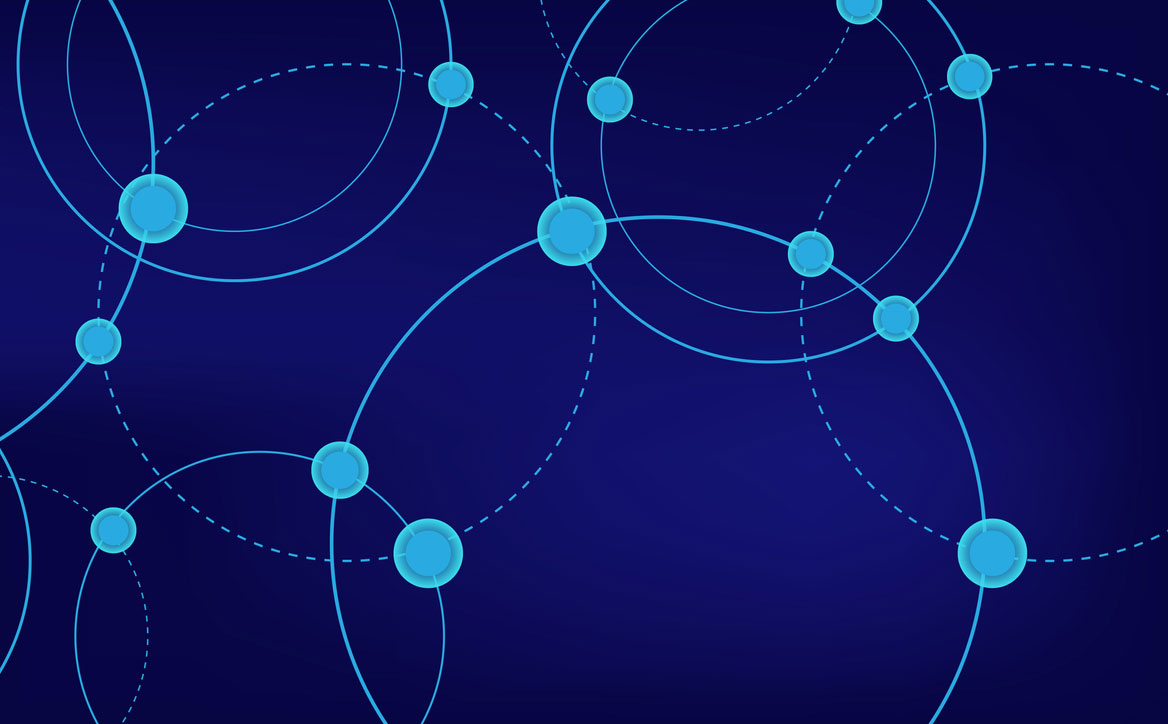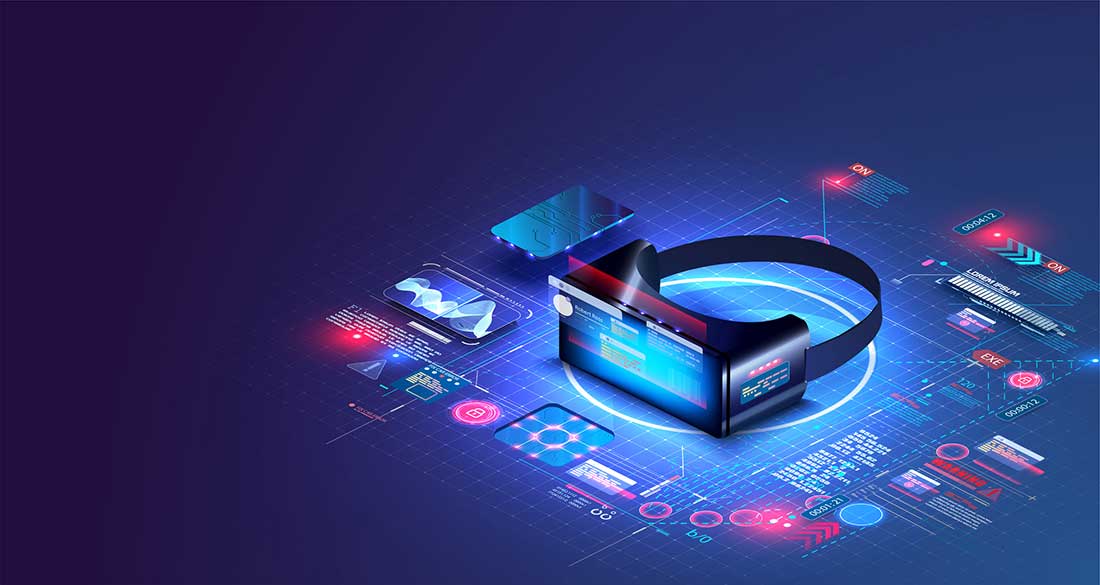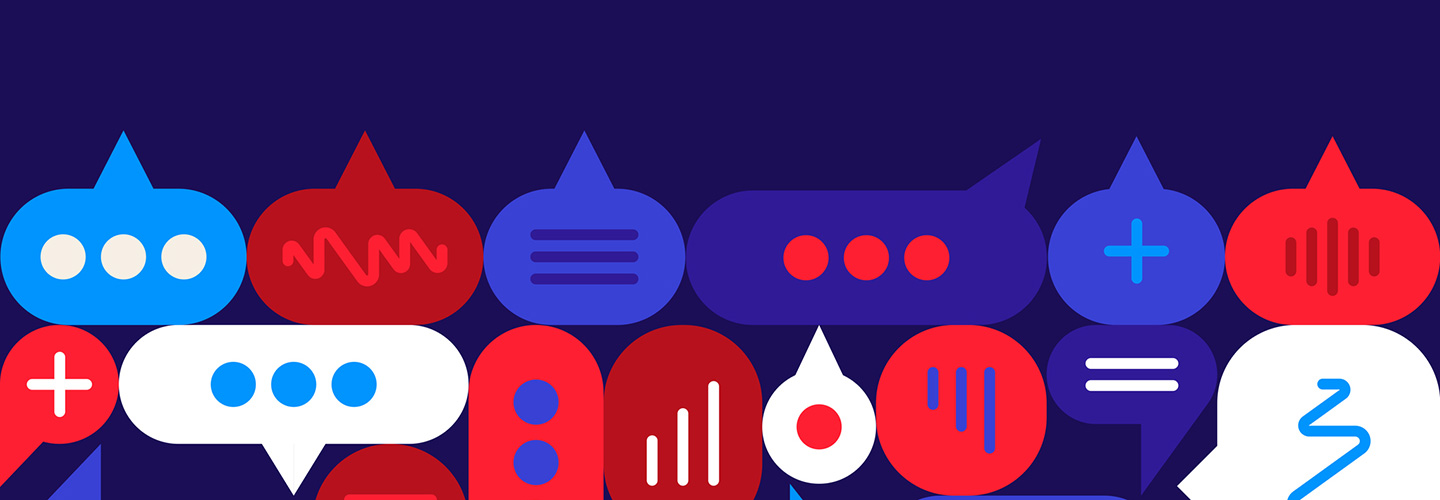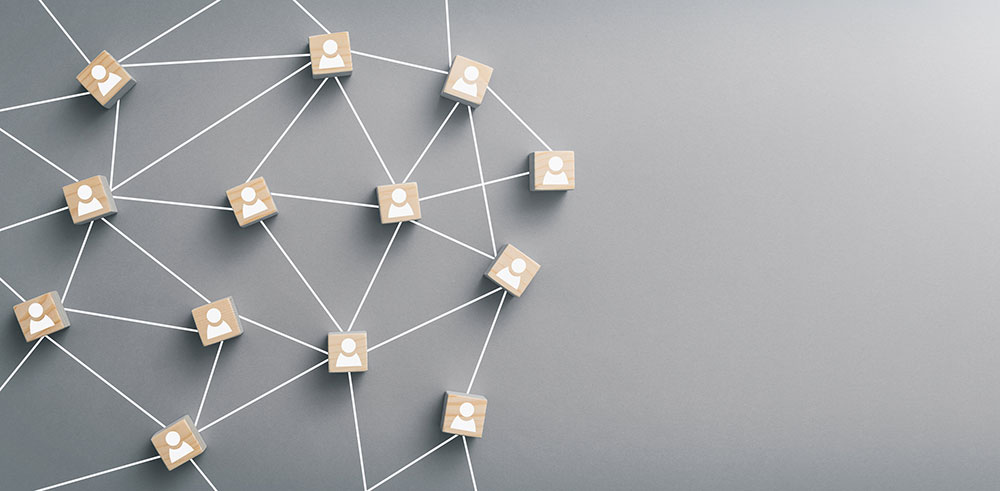Your B2B customers consume content differently than they did even two years ago. Have you adjusted how you develop and deliver content to meet their needs? To engage your audience in 2022, you must shift to what I call a “content experience mindset.” Let me explain.
How Content Consumption Has Changed
Even before the COVID-19 pandemic, content was already becoming central to every customer touch point, every step of the digital journey. But since 2020, the game has changed, thanks to three related trends:
- Increased consumption: B2B content consumption spiked significantly from 2020 to 2021 with a 54.5% increase in the total number of visitors, 35.7% more sessions, 34.5% more page views, and 42.7% more unique asset views.
- Self-service mindset: B2B customers want to do more research on their own. They wait longer to contact sales, preferring to educate themselves with content as much as possible.
- Decreased attention: 51% of B2B marketers say it has become increasingly difficult to grab and keep audiences’ attention, according to a 2021 Content Marketing Institute report. There’s more competition out there for their attention and mindshare.
The two obvious takeaways for B2B content marketers are to create more content to satisfy their audiences’ voracious appetite, and to create higher-quality, more engaging content to retain their attention. Both are absolutely correct. But that’s only part of the story.
Individual, one-and-done content assets and marketing campaigns for each stage of the customer journey no longer cut it. We need to consider in greater detail how they all work together—the 360-degree content experience that drives engagement and re-engagement across the customer lifecycle.
Defining Content Experience
A great content experience delivers the right information to the right person, in the right way, at the right time and place. Here’s a more formal definition of digital content experience:
The progressive engagement of audiences in a series of related content elements designed to fulfill key informational or transactional needs.
To optimize the content experience is to connect content elements across a growing multitude of different platforms—having them work together so that they then connect with customers’ needs through their entire journey. Marketers must create digital experiences that are connected, contextual, engaging, and relevant.
In the simplified example below, personalized content assets are developed in relation to one another and arranged in a consistent flow. This intuitive navigation, which addresses customer pain points, helps users easily find the information they need. That’s a compelling content experience.
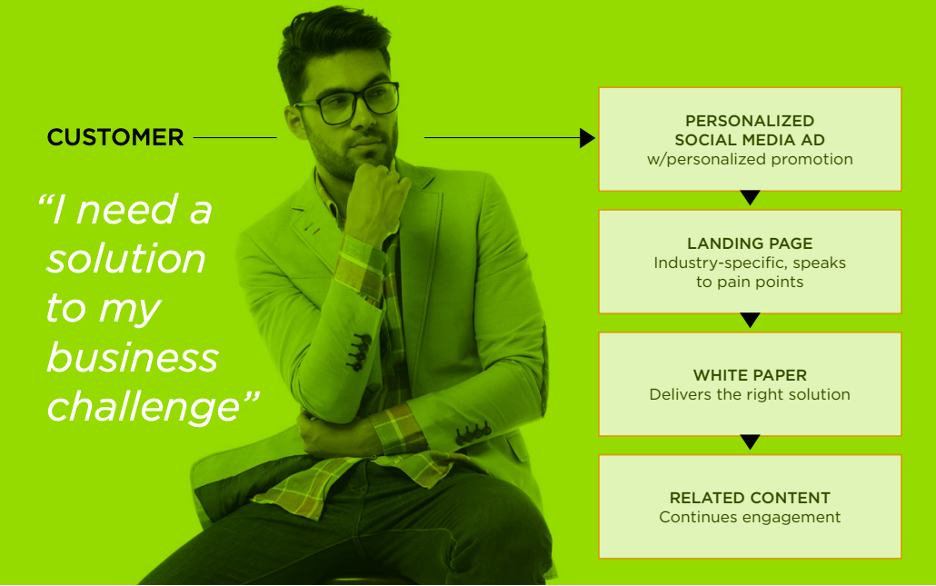
What Frustrates Customers about Your Content
To reject a content experience mindset is to risk losing your customers and prospects. It’s estimated that B2B customers now consume 13 pieces of content (on average) and log 27 interactions prior to purchase. That content—and those interactions—must get served up in a cohesive, meaningful way.
Customers expect highly personalized experiences (thank you, Amazon, Netflix, and Spotify) and content that maps to their current stage in the digital journey. They are put off when you drive them to a website that doesn’t match their interests and expectations, or doesn’t acknowledge that you’ve already had a conversation with them.
Content fails when it lacks relevance to your users, but also when it’s poorly timed. In a world that’s become even more saturated with content (marketers produced 1.3 times more content in 2021), it’s harder to get your message across. Surfacing valuable content in the right context will help you break through to your users.
This means serving it up to customers at the right time over the right channel. Too often, that doesn’t happen, and the effort that went into creating that content is wasted.
Connect the Dots to Customer Experience and Content Strategy
So how can you get into a content experience mindset? Begin by recognizing that content experience is inspired by customer experience and informed by content strategy.
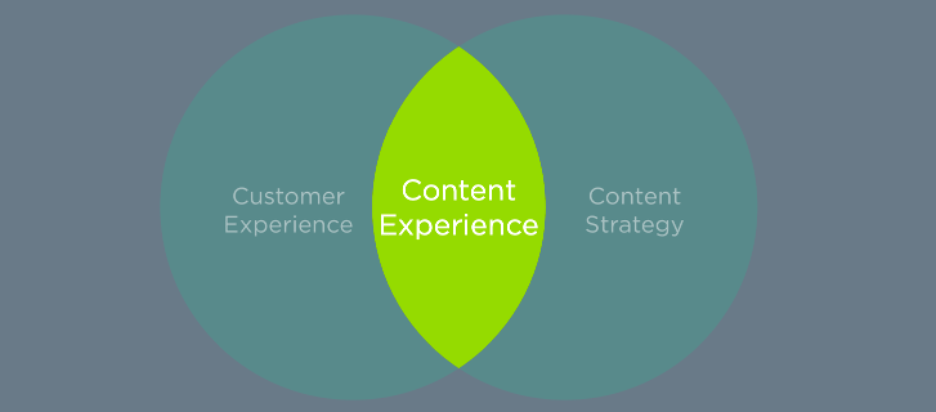
- Customer experience: Today’s customers expect companies to understand their needs and expectations. When it comes to digital content, this means they’re expecting frictionless, personalized experiences. That’s why content experience is deeply intertwined with customer experience.
- Content strategy: This practice is all about defining, measuring, and optimizing how content is created and distributed. The goal is to deliver consistent and relevant content that meets an audience’s needs wherever they are.
Among content strategists, there is a growing focus on the overall content experience: How do customers engage with content at each step of their digital journey? Is their experience clear and consistent, or frustrating and disjointed?
Content Experience Mindset: Focus on Your Users, Create Interactive Experiences
Here are three more tips to help you get into a content experience mindset:
Focus on your users: This seems obvious, but too often companies put business goals ahead of user needs. The goal of a well-designed content experience is to deliver relevant information to your target audience, at the right time and place. To do this, you must create a mix of content that is consistently focused on customers’ needs and top tasks.
That’s what’s happening in the example below, with ads served by time of day (called dayparting), journey stage, and location.

- Create interactive experiences: 2021 saw an explosion of virtual events as face-to-face meetings and conferences got canceled right and left because of COVID. It also saw the continued rise of immersive experiences across digital, art, gaming, education, healthcare, retail, and more.
These content-rich experiences are resonating well with audiences that have been starved of meaningful connections (yep, COVID again). Whether it’s polls, quizzes, data visualizations, videos, webinars, podcasts, or augmented/virtual reality, make sure the content you create supports and enhances the customer journey.
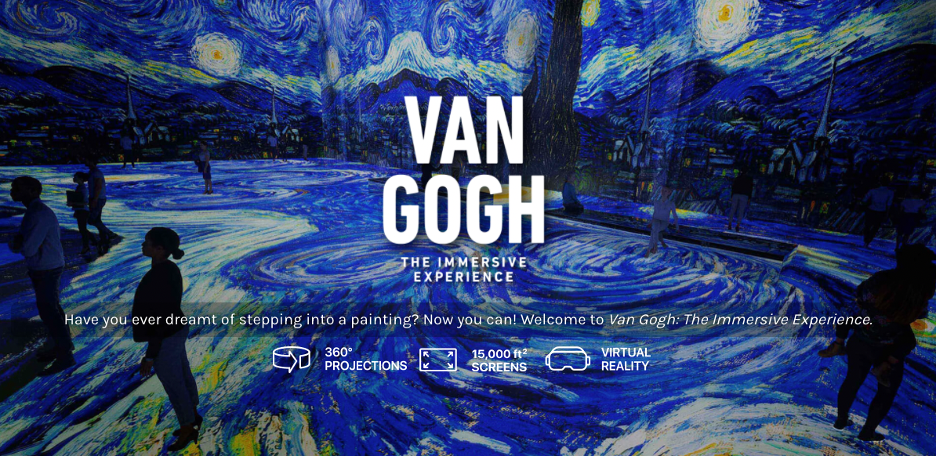
Example of an immersive experience in the art world: the Van Gogh exhibit
- Align your teams: In B2B organizations, a range of teams must work together to create good content experiences: digital marketing, solutions marketing, product marketing, sales, customer service. No single department controls content experience.
Senior leadership, from VPs to the CMO, must now embrace the task of optimizing content experience and work to align teams—in the same way that they align teams around shaping an excellent customer experience.
Shifting your content mindset can lead to improved lead conversion, customer loyalty, and increased revenue. Pay attention to content experience, and you’ll see that the outcomes are worth well worth the effort.
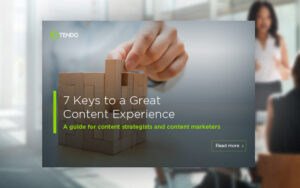
eBook: 7 Keys to a Great Content Experience
Dive deeper into the fundamentals of content experience. Tendo communication’s free ebook providers a primer for B2B content strategists and content marketers.
Lindy Roux is executive vice president and partner at Tendo Communications, a B2B content agency based in San Francisco, CA. She has over two decades of experience in content and digital strategy, CMS, SEO, user experience, consumer insights, branding, and analytics. Follow Lindy at @lindroux or on LinkedIn.




